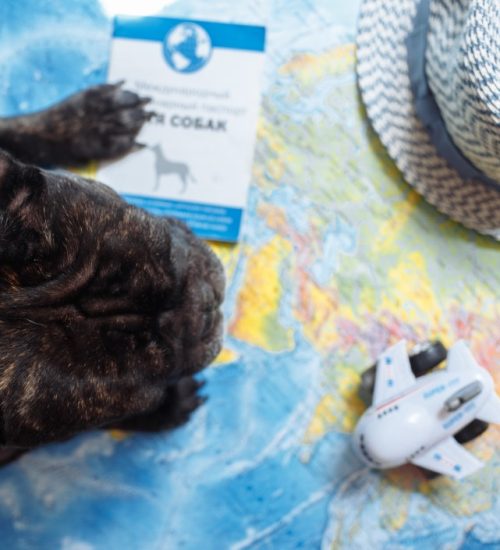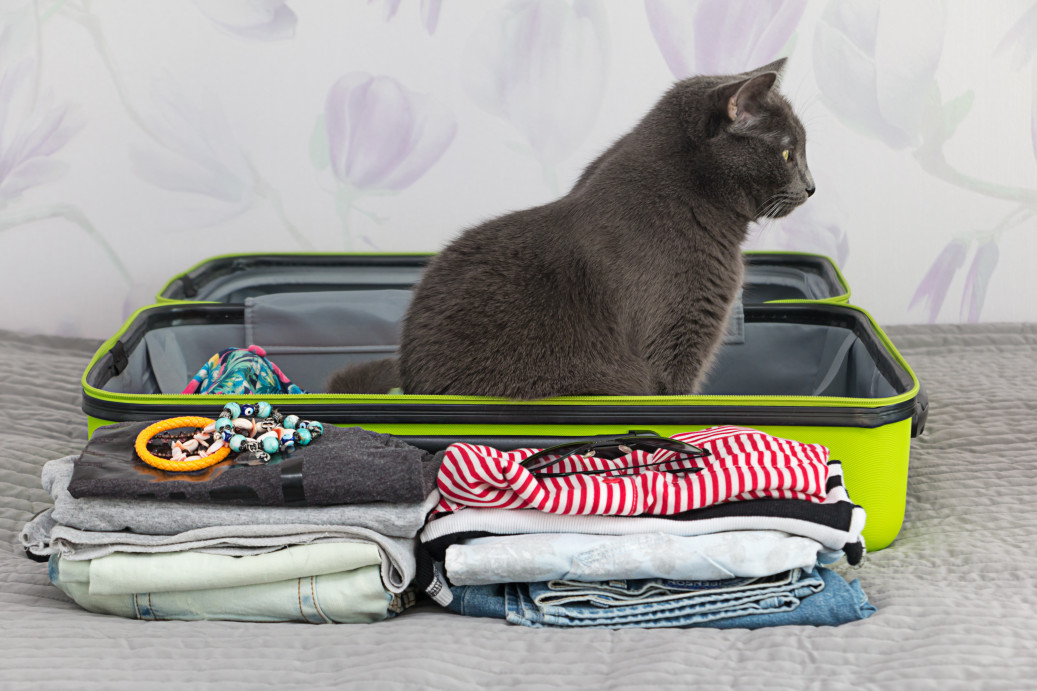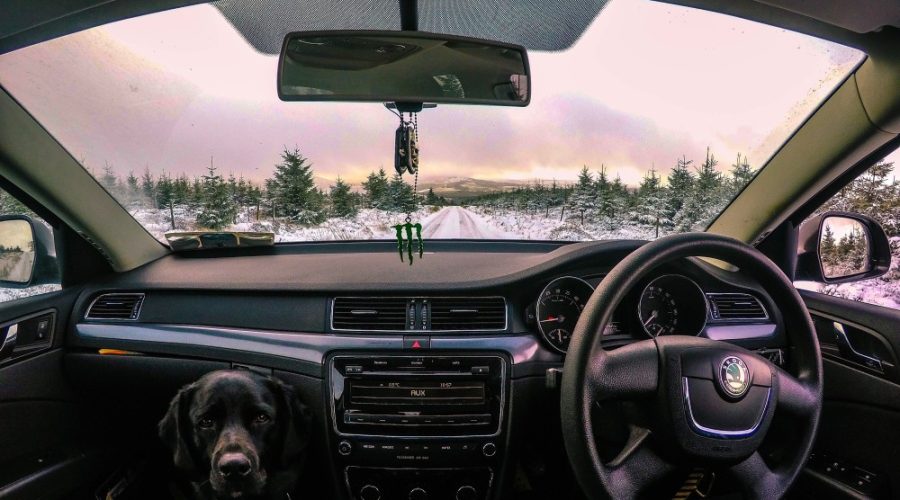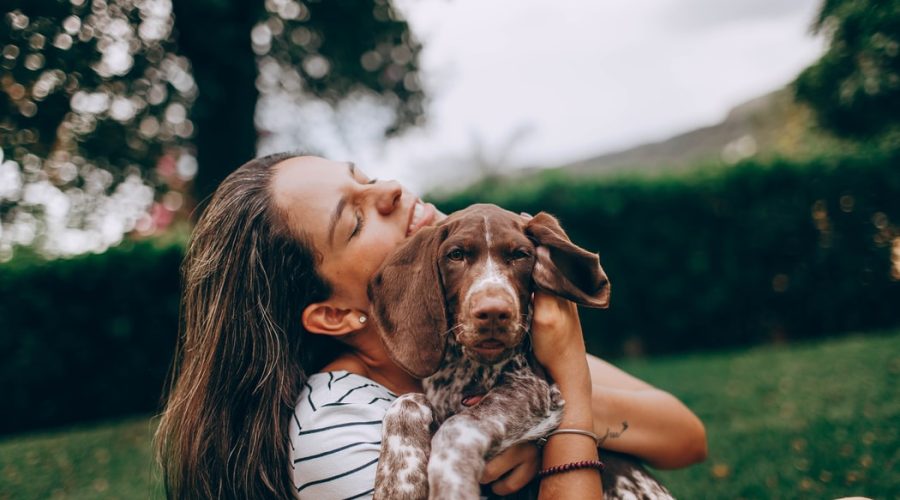Taking The Stress Out Of Your Trip
Whether it is a weekend away, a lengthy road trip or a well-deserved vacation, travelling with your companion can be a great experience for both of you. Unfortunately, many people think that taking your beloved pet is next to impossible.
Travel can be stressful for both you and your pet if you aren’t fully prepared. However, with some careful preparation and a little bit of extra effort, you can make sure that your pet enjoys the trip as much as you do!
If you are planning on travelling with pets, whether it is for business or pleasure, there are a number of steps to take to ensure that your furry family member can tag along safely and happily.
The Benefits Of Traveling With Your Pet

With a growing number of pet-friendly travel destinations throughout the world, more and more people are choosing to bring their pets along on their trips.
That said, pet travel is on the rise and a great option for those wanting to experience new places with their pet or individuals needing company on their business trips. And it’s no wonder – after all, who wouldn’t want to spend their holiday cuddling with a cute puppy or taking your feline friend on a business trip.
Here, we have listed some pros and cons of pet travel to help you decide whether to travel with your pet.
You won't miss them!
Arguably one of the best things about travelling with your pets is that you won’t have to worry about leaving them behind. If you’re someone who hates leaving their furry friend at home, then pet travel is definitely for you!
You’ll never have to experience that post-holiday guilt or sadness again, as your pet can come along and enjoy the trip with you!
They provide great company
Pets make great travel companions! Whether you’re planning on travelling solo or with a group, having your furry friend by your side can make the experience much more enjoyable!
Your pet will provide you with endless amounts of love and companionship throughout your trip, making sure that you never feel alone. And, if you’re ever in need of a conversation starter, simply talking about your cute pet is bound to do the trick!
You'll meet new people
One of the best things about travelling with your pet is that you’re bound to meet new people! Studies have shown that pet owners are 60 per cent more likely to meet new people than those without pets. Pets are great ice-breakers and will help you meet other animal-lovers in your travels
You are forced to slow down
Most often, we try to do as much as possible, see all the sights and ticks as much off our bucket list as possible. Travelling with your pet will force you to slow down and enjoy your surroundings a lot more. After all, you can’t exactly go-go-go when you have a furry friend in tow!
With a pet, it allows you to take in the sights and sounds of your destination without having to be bound to a strict sightseeing schedule.
Discover new things
Travelling with your pet will help you to see your destination in a whole new light. You’ll be able to explore areas that you would never have thought to explore before and discover hidden gems that you might never have found if it weren’t for your pet.

The Basics Of Pet Travel
Now that you know some of the benefits of pet travel, it’s time to start planning your trip! If you’re new to travelling with pets, then here are some basics that you need to keep in mind.
Make sure your pet’s up for the trip
Before you start packing your bags and booking your tickets, you need to make sure that your pet is actually up for the trip. Some animals simply do not do well in new environments and may get extremely anxious or stressed when travelling.
If you are planning a trip, consider your pet’s personality and whether they will be able to handle being in a new place. If you’re unsure, it’s always best to consult with your veterinarian to get their professional opinion.
Book and confirm in advance
Be sure to book your accommodation, flight and other travel arrangements well in advance, as many places do not allow last-minute bookings with pets.
It’s also important to reconfirm your reservations a few days prior to travel, as plans may have changed since you’ve made your booking. This is especially important if you’re travelling during peak season or holidays.
Get an approved pet carrier
If you are travelling bis an airline or railway, you will need to get an approved pet carrier that meets the size and weight requirements stated on their website.
Be sure to label the carrier with your pet’s name and your contact information, in case they happen to get lost during the journey.
Get the right gear
Depending on the nature of your trip, you may need to get some additional gear for your pet. Invest in collapsible water bowls, waste bags, a safety harness, and a leash. Similarly, don’t forget comfort items like a dog bed and toys – items that feel like home.
Avoid adventurous eating and stay on schedule
As much as you may want to let your pet try the local cuisine, it’s best to stick to their regular diet to avoid any upset stomachs. Try to feed your animal at the same times of day as you would at home as many pets gain security from staying on schedule.
Chip and vaccinate your pet
This is an important step for any pet travelling, whether it’s just a short car ride or a long international flight. Be sure that your animal is microchipped and up-to-date on all their vaccinations. This will help to ensure their safety and health while on the road.

Road Tripping With Pets
Driving is one of the most popular ways to travel with pets. After all, it’s affordable and gives you the freedom to make spontaneous stops along the way.
One of the best things about road tripping with your pet is that you can take as many breaks as you want – something that’s not always possible when travelling by plane or train. However, pets can get antsy when confined to a car for long periods of time, so it’s best to make frequent stops
If your animal needs a potty break or a stretch of its legs you can simply pull over. Aim to break up the journey into manageable chunks, and be sure to bring along some toys and chews to keep your companion busy.
Unrestrained pets can be a driving distraction and can be thrown from the car in the event of an accident, so it’s important to use a pet restraint system. A seat belt harness, kennel or carrier anchored with a seat belt are all good options to ensure the safety of both you and your animal while on the road.
Flying With Pets
Travelling by air is often necessary for longer journeys, but it can be a daunting experience for both. The best place to for your pet is with you in the plane’s cabin. However, they typically have to be small enough to fit into a carrier beneath the seat throughout the flight.
What’s more, your pet must have enough room inside the carrier to be able to stand and turn around—which means in-cabin travel is only an option for small animals like cats, small-breed dogs, and rabbits.
Unfortunately, many pets are too big to fly in the cabin and have to travel in the cargo hold instead. If this is the case, you’ll want to choose a direct flight to minimise the time your animal spends in transit.
You should also avoid travelling during extreme weather conditions, as the cargo hold can get very hot or cold. Make sure your pet has enough food and water for the journey. Freeze a small bowl of water and place it inside the crate. The ice won’t spill during loading, but it’ll be drinkable as it defrosts during the flight.
Lastly, do not sedate your pet. Sedatives during air travel can increase the risk of heart or respiratory issues potentially caused by changing altitudes and atmospheric pressures.

Happy Travels!
Whether you’re taking a short car ride or embarking on an international flight, it’s important to take the necessary steps to ensure both your safety and the safety of your pet. By following the tips above, you can rest assured that your animal companion will have a safe and comfortable journey!
If you are unsure of how your pet will react to travel, it’s always best to consult with a veterinarian beforehand. At The House Call Vet, we can offer expert advice on what steps you need to take to make sure your pet is ready for the trip ahead!

